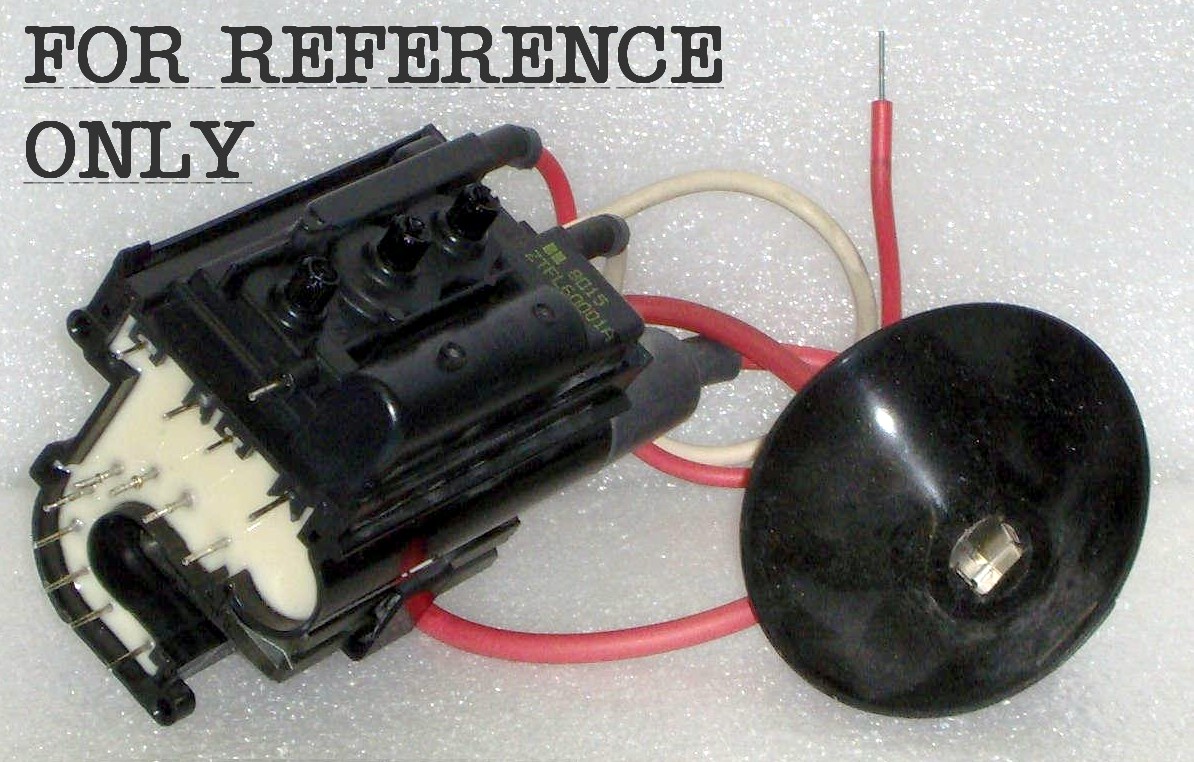Durosity
Well-known member
I was hoping I’d be able to figure this out myself but alas lack of experience and information available has stumped me.
I’ve acquired an AIO G3 here in the UK which is in fairly good physical condition. There’s no battery bomb issues or rust, and the logic board works 100% as I’ve hooked it up to an external display and disconnect the internal video connections from the personality card. However when the internal connections are in place it does the following:
No chime
No LED on front
Fan does start
External monitor does get a signal but it seems to be at a blank command prompt (Open Firmware?)
PSU card clicks a relay when it tries to turn on the screen but then there’s a hissing sound that sounds like it’s from the PSU side
Analog board tries to do something and starts to make a buzzing/hissing sound but no video appears, and then cuts and starts the process again. Some components get very hot and then it shuts off.
I’m really not sure what is causing this and its behaviour seems to be a bit different to what I’ve seen elsewhere. Caps? Flyback? Both?
I see there is a few sources for the Flyback, including this one:

Now they seem to indicate the output transistor needs replacing too, and lists two different parts (Sanyo or Fairchild) but I’ve looked all over the boards and I can’t see where this component currently is. Anyone able to point it out to me?
I’ve acquired an AIO G3 here in the UK which is in fairly good physical condition. There’s no battery bomb issues or rust, and the logic board works 100% as I’ve hooked it up to an external display and disconnect the internal video connections from the personality card. However when the internal connections are in place it does the following:
No chime
No LED on front
Fan does start
External monitor does get a signal but it seems to be at a blank command prompt (Open Firmware?)
PSU card clicks a relay when it tries to turn on the screen but then there’s a hissing sound that sounds like it’s from the PSU side
Analog board tries to do something and starts to make a buzzing/hissing sound but no video appears, and then cuts and starts the process again. Some components get very hot and then it shuts off.
I’m really not sure what is causing this and its behaviour seems to be a bit different to what I’ve seen elsewhere. Caps? Flyback? Both?
I see there is a few sources for the Flyback, including this one:

HVT / LOPT 6174Z-1009A for Apple Powermac G3
technotronic-dimensions.3dcartstores.com
Now they seem to indicate the output transistor needs replacing too, and lists two different parts (Sanyo or Fairchild) but I’ve looked all over the boards and I can’t see where this component currently is. Anyone able to point it out to me?
